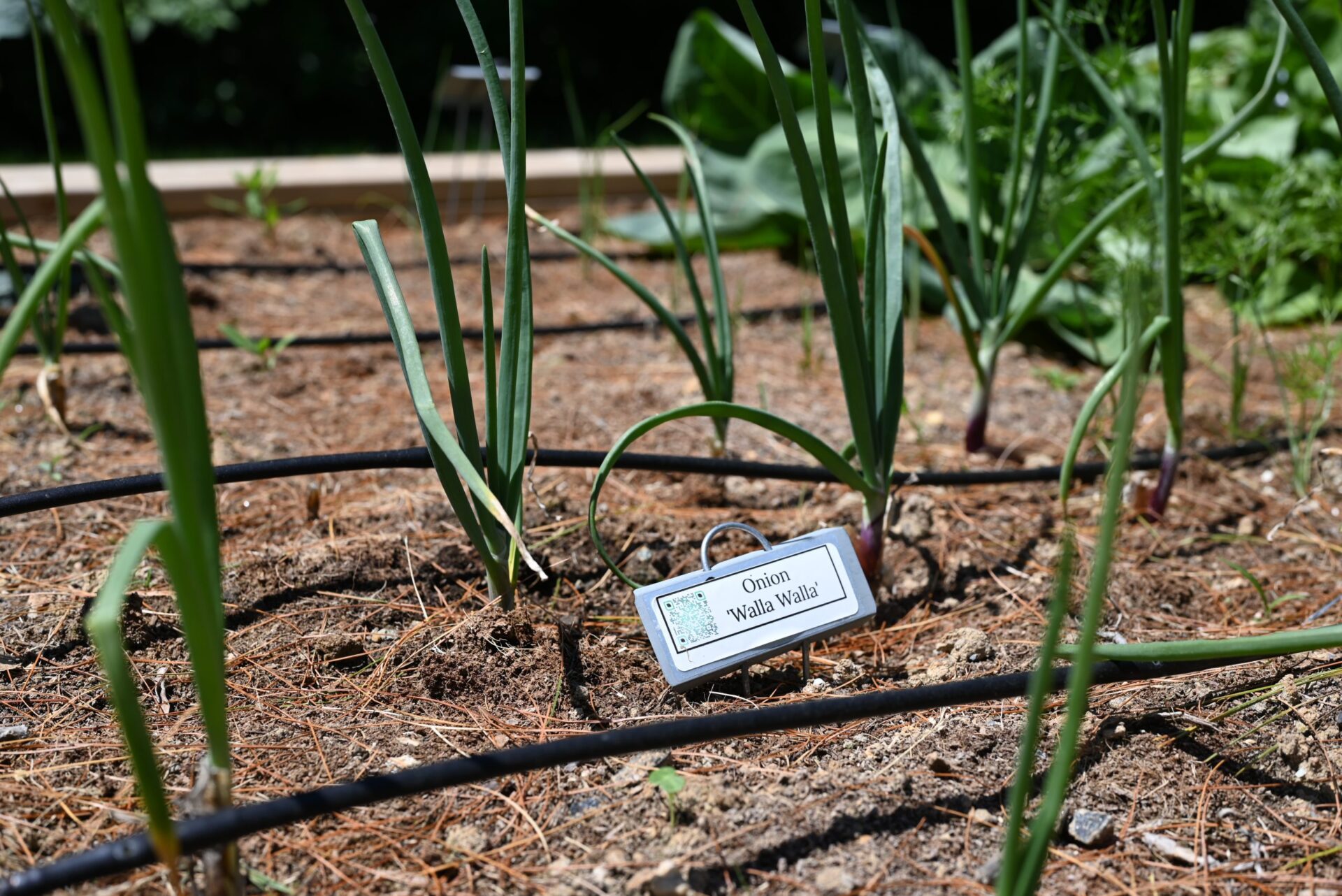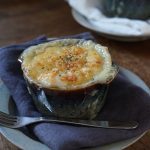Get The Most Out of Your Onions from Backyard Eats
Harvesting Onions
When It’s Ready
- Once onion tops turn yellow, use the back of a rake to bend them over horizontally
- This stops the sap from flowing to the stems and diverts the plant’s energy into maturing the bulb
- A day or so later, when the tops turn brown, the bulbs are ready to harvest
- Mid-July – August
How To
- Take care to uproot the plant without damaging the bulb
- If possible, don’t harvest onions just after it’s rained, as the wet soil will make the onions harder to pull
Growing Onions
Onions have a unique and distinct flavor that can range from sweet to pungent, depending on the type of onion and how it’s prepared. When raw, onions have a sharp and somewhat spicy flavor that can make your eyes water. However, when cooked, their flavor becomes more mellow and sweet. Onions can even be caramelized to bring out their natural sweetness. They make a great addition to salads and sandwiches.
Varieties of Onion:
Mild Yellow ‘Walla Walla’ Onion | Red Onion
Storing Onions
Onions can be used fresh (uncured), but won’t store for longer than a couple weeks. Cured onions can be stored in a cool, dark, dry place for 4-12 months.
Curing Onions:
- Curing onions lets the bulbs air out their water content. Once onions are dry enough for long-term storage, the protective outer laters and stem will turn dry and papery.
Note: don’t wash onions before your cure them, as this adds unwanted moisture
- If you harvest onions on a sunny day, you may leave them outside to dry for 2-7 days. Lay the tops of one row over the bulbs of another to help prevent sunscald. If rain threatens, cover them.
- For more controlled conditions, lay onion bulbs in a dry, well-ventilated, and indirectly sunny place for a few weeks, using fans to increase air circulation if humidity is especially high.
Note: Don’t pile bulbs on top of each other: this prevents air circulation
- When the outer skins are fully dry, wipe away any loose soil, trim off the roots to 1/4″ and the neck (stem) to 1-2″
- Store in cool, dry, dark conditions: ideally 32-41 ℉, 65 –70% humidity. Cured bulbs will last 4-12 months if stored properly.

Cooking With Onions
- Caramelized Onions: Sauté thinly sliced onions in butter or oil over low heat until they turn golden brown and develop a sweet flavor. Caramelized onions are a versatile topping for burgers, pizzas, sandwiches, and more.
- Onion Soup: Sauté sliced onions until they are soft and translucent, then simmer them with beef or vegetable broth, herbs, and a splash of wine. Top with melted cheese and toasted bread for a classic and comforting onion soup.
- Onion Rings: Dip onion slices in a batter made with flour, milk or buttermilk, and spices. Fry them until golden and crispy for a delicious appetizer or side dish. Serve with a dipping sauce of your choice.
- Sautéed Onions: Sauté sliced or diced onions in oil or butter until they are golden and caramelized. Sautéed onions can be used as a flavorful addition to various dishes such as stir-fries, pasta sauces, omelets, or sandwiches.
- Pickled Onions: Slice onions and pickle them in a mixture of vinegar, sugar, salt, and spices. Let them marinate for a few hours or overnight. Pickled onions add tanginess and crunch to salads, tacos, sandwiches, or as a condiment for burgers and hot dogs.




